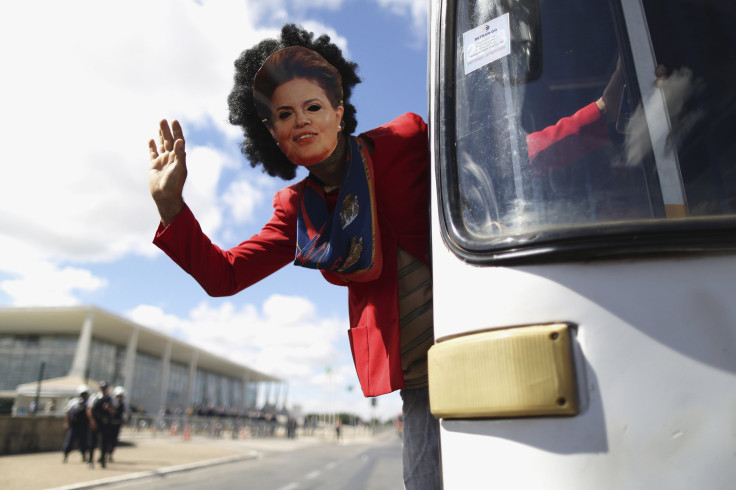Brazil’s Strike Was A Bust: First Union Movement In 22 Years Not As Successful As Expected

Brazilian unions joined the social unrest on Monday with a big plan: the first general strike in the country since the early 1990s. But even though the “National Day of Struggle,” as they decided to call it, did bring some attention and wreaked some havoc on major highways in the biggest cities in the country, it did not turn out as massive as the organizers had hoped.
Banks and schools closed on Thursday, and unionists and students took to the streets, but the amount of people did not live up to the precedent set up by the June demonstrations. There are no exact numbers: for São Paulo, for instance, BBC reports 4,000 demonstrators, whereas local newspaper O Globo wrote there were about 10,000. In either case, the participation was not as impressive as in the spontaneous demonstrations last month, when as many as a million people joined in.
Nevertheless, the concentration managed to draw some attention and blocked access to major cities around the country, particularly Rio de Janeiro, São Paulo and Brasilia. Banks and schools stayed closed. In São Paulo a judge said public transportation should keep minimum services, but workers then voted on not striking.
Public transportation was, however, deeply affected. Demonstrators blocked 38 main roads, and in many occasions they stopped buses from rolling by throwing rocks at them, as happened in Porto Alegre. In Belo Horizonte, subway was not expected to restart until Friday, and hospitals only offered ER services.
The unions were demanding better working conditions and public services, in line with the demands of the protests that questioned the use the government was making of its budget, even attacking soccer stadiums and asking President Dilma Rousseff for better education and health care. The unions decided not to use the slogan “Fuera Dilma” (out with Dilma) in their marches, but their movement is seen as a strong message of dissatisfaction with the current administration.
Local newspaper O Globo published a comparison between the demonstrations and the strike, outlining the different strategies of both movements. Spanish newspaper El País mentioned that the demonstrations from June were mostly made up of students and middle-class youth, whereas the strike was organized by unions led by people several years in the workforce. The demonstrations focused on corruption of political parties and the misuse of public funds; the strike did not mention corruption or feature any political slogans.
Social media and major publications criticized the violence of the strike, and wondered where police -- who behaved very aggressively during the June demonstrations -- were when strikers threw stones against buses or lit bonfires to block roads.
© Copyright IBTimes 2025. All rights reserved.





















